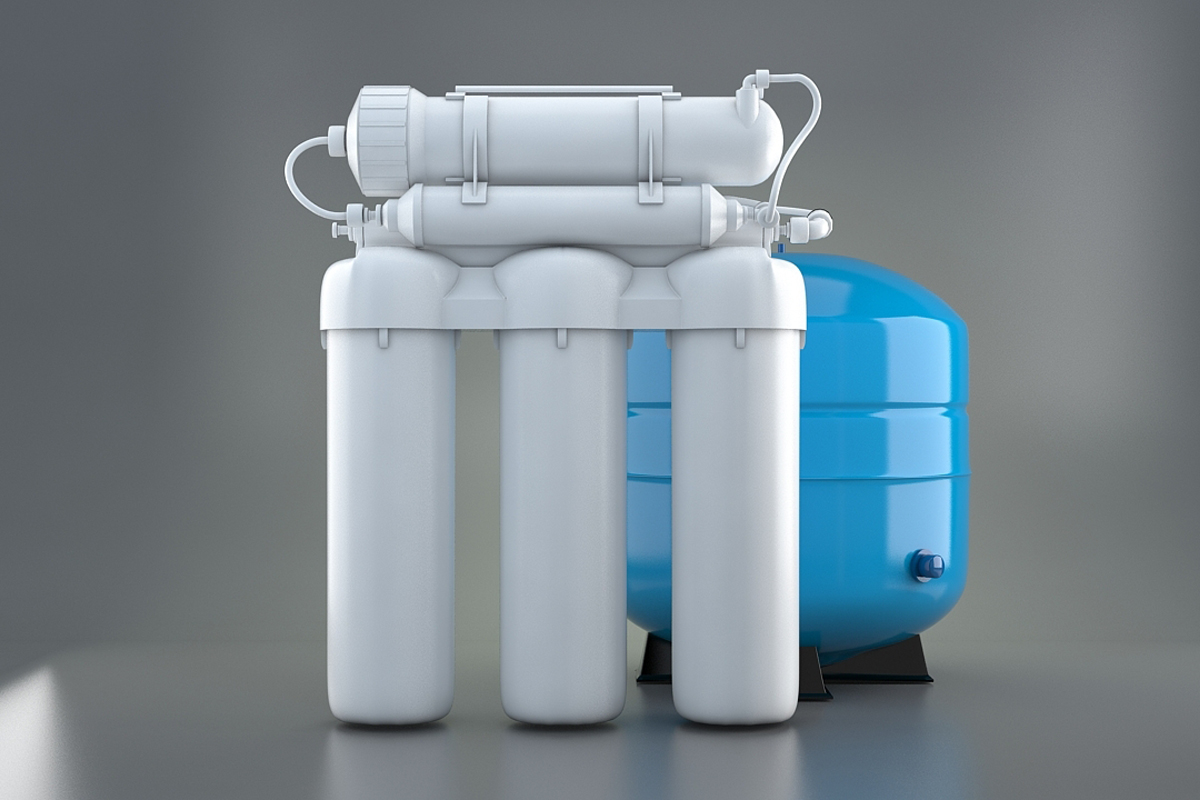
Multi Stage Purifiers
When it comes to water filter systems, it is important to mention that each system is made up of water filter cartridges, each cartridge technically corresponding to a stage of the filtration. Each cartridge in the filtration process has a specific role, targeting specific contamination issues. Usually, there is a different filter material in each cartridge. However, the same type of cartridge can appear twice in the same system, but depending on their position in the system, they can have different roles. Take reverse osmosis filtration systems, for example, which can feature two carbon block filters with the exact same capabilities. Yet, the filter that’s placed upstream of the reverse osmosis membrane is a pre-filter that has the role of removing chemical contaminants that would damage the membrane filter, while the carbon block filter placed downstream of the membrane filter is a polishing filter that’s placed there to remove any residual chemicals.
Polishing filters are also called postfilters. Depending on the issue with your tap water, a single-stage or a multi-stage water filter can help you solve these issues. Filters that integrate a single filter cartridge that contains a single type of filter media are called single-stage water filter systems. The most common examples of this type of system include single-media countertop filters, inline filters or under-sink water filters. These usually remove taste and odour issues, chemical disinfectants and their by-products. However, some water purity problems require water treatment systems with multi-stage filters. Multi-stage filters basically operate with multiple filter cartridges and each contains a different type of filter media. Reverse osmosis filters are the most typical example of a multi-stage filter system.
